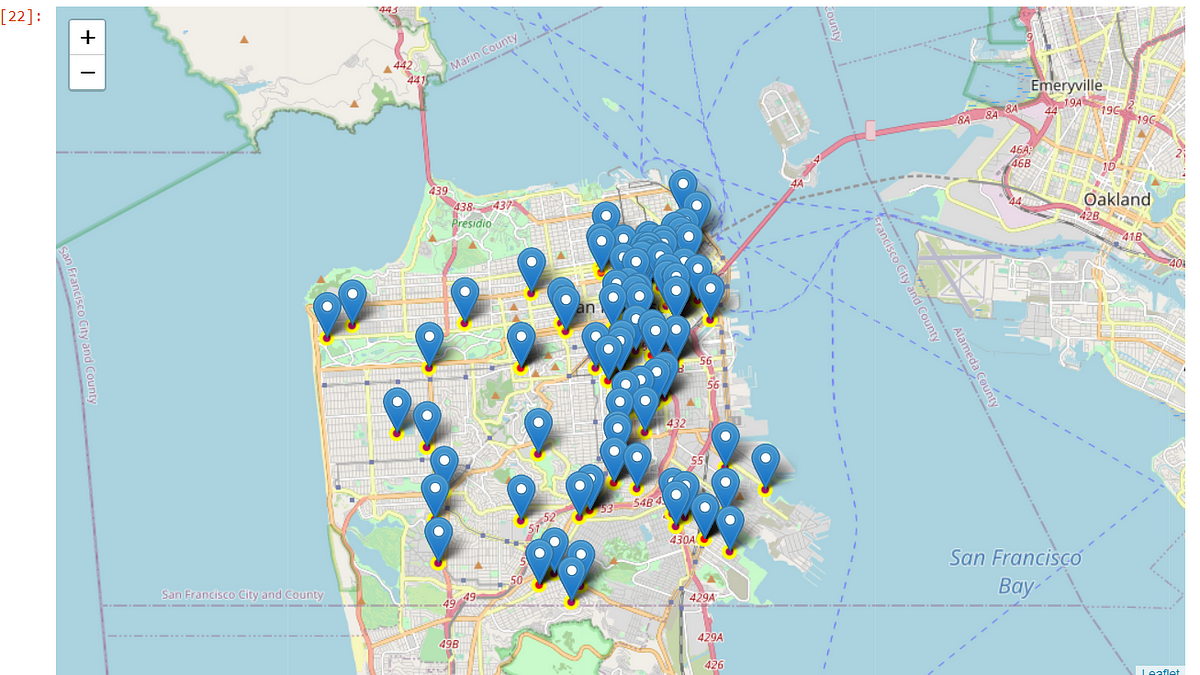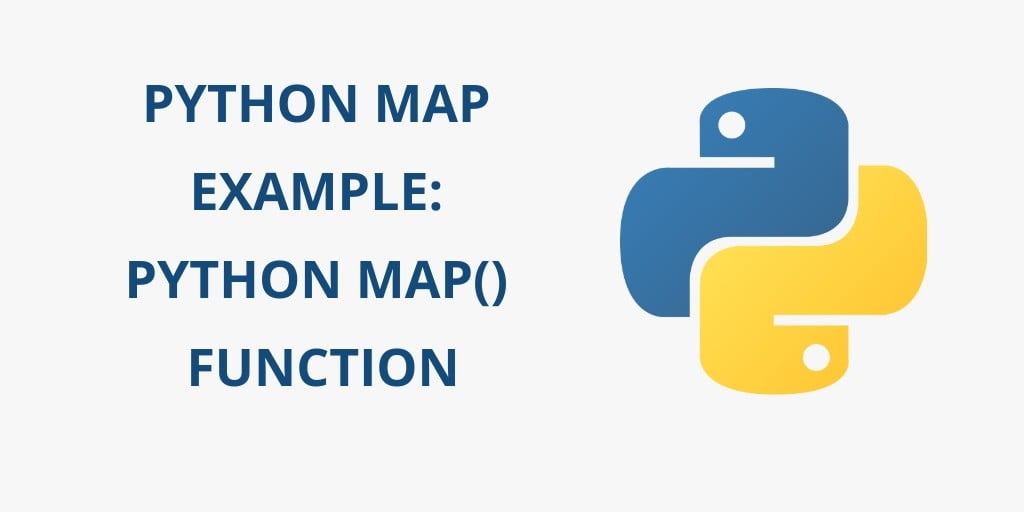Map Apply Python. It returns a new iterable (a map object) that you can use in other parts of your code. Introduction to Pandas apply, applymap and map. Difference between map, applymap and apply methods in Pandas. You can apply the Pandas.map () method can be applied to a Pandas Series, meaning it can be applied to a Pandas DataFrame column. Replace values given in to_replace with value. The map () function (which is a built-in function in Python) is used to apply a function to each item in an iterable (like a Python list or dictionary).
Map Apply Python. DataFrame.apply () This method defined in both Series and DataFrame. The Python Map Function is a function that allows you to transform an entire iterable using another function. Using map () with Python built-in functions. The map (), filter () and reduce () functions bring a bit of functional programming to Python. Using map () with Lambda function. Syntax: DataFrame.applymap (func) Parameters: func: Python function, returns a single value from a single value. Map Apply Python.
Using map () with a string as an iterator.
Python map () function is used to apply a function on all the elements of specified iterable and return map object.
Map Apply Python. Using map () with Lambda function. Getting the length of each iterable member. Its syntax is: map (function, iterable,.) map () Arguments. It returns a new iterable (a map object) that you can use in other parts of your code. Replace values given in to_replace with value. Using map () with listof Numbers.
Map Apply Python.











